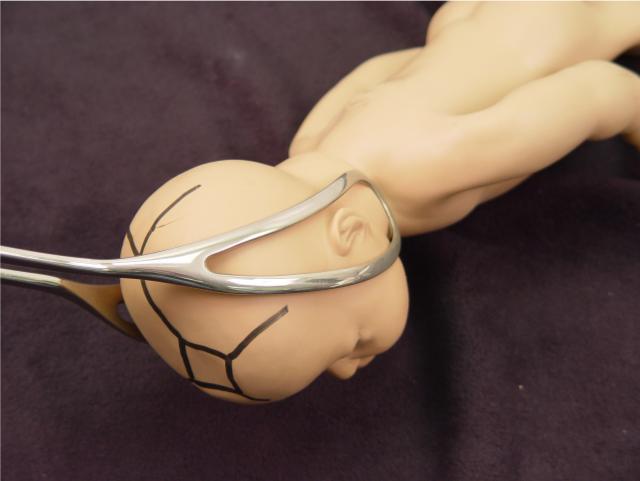|
Operative Delivery |
 Operative delivery means the use of obstetrical forceps or cesarean
section to achieve the delivery. Operative delivery is indicated any
time it becomes safer to delivery the baby immediately than to allow
pregnancy to continue.
Operative delivery means the use of obstetrical forceps or cesarean
section to achieve the delivery. Operative delivery is indicated any
time it becomes safer to delivery the baby immediately than to allow
pregnancy to continue.
Indications for operative delivery are many, but a partial list includes:
|
Any condition that increases the maternal risk for pushing, including:
Fetal malpresentation or malposition, including:
|
These indications are sometimes relative, not absolute, and clinical judgment must be applied in any individual clinical situation to determine whether operative delivery is a good idea or not. Other aspects of clinical judgment are the specific form of operative delivery (forceps vs. cesarean section) and the timing of the operative delivery.
